TRANSFORM YOUR TEAM'S SEASON WITH PROFESSIONALLY PLANNED SESSIONS
Use our expert plans or build your own using our library of over 700+ drills, and easy-to-use tools.
JOIN NOWhow would you describe key factor analysis in one sentence thanks
observe - plan - evaluate!
dennis, thanks
Thats ok Peter. Good question, makes you think. Once you know the 'model' you're trying to achieve, I think if you apply the above you will get there.
And one more that I should've added between observe and plan is 'feedback'. If you don't feedback to players, they will never know if they're improving or not, and if they're not, how to improve, also, feedback from player to coach.....the player might be seeing something differently that may even be more effective!
hey dennis, this was my answer and the last part was their addition. (taking a test..) Key factor analysis is essentially the identification of factors largely responsible for, or contributing to, observed changes. In use it would be essentially to observe player execution within a set of circumstances in a game or practice and compare to the ideal or in fact, a âtemplateâ. Useage%3A Demonstrations, Observe and Analyze, Providing instruction and explanation, providing feedback. response%3A Pretty much there, we define the key factors as the components of a skill which, when done in the correct sequence, enable a skill to be performed successfully. As you state, it also provides the coach with a template to identify where a players skill is breaking down and which area KF needs to be addressed.
Ok, we call them 'KLPs' (Key Learning Points) in the UK.
KLPs are the building blocks for teaching technique, not the skill. A player becomes skilled when they can perform the technique consistently under pressure.
The coach has to decide where on the 'ladder' the player is and condition the practice accordingly. For example, a Scrum half may be able to make inch perfect passes off the floor to a static target, however, when the target starts to move, you notice that the pass always ends up where the player was, not where they are now. So you now have to add an extra KLP to the scrum half's arsenal, which would be to pass in front of the path of the target.
Now, the same SH has been practicing the technique over several weeks, and can consistently hit the moving target moving at different speeds, but when you add players into the scrum/ruck/maul, the SH is being caught by the defenders. So, we look at how the SH is managing the breakdown/scrum and start building KLPs for the SH to better manage the forwards, which will inevitably cross into building KLPs for forwards too.
Another foreseeable problem is that the SH starts to miss the target again, maybe because they're tensing up too much or not looking at the target cause they're too busy worrying about the opposition SH (at scrum) or defenders (at breakdown). If they're tensing up, then increased practice could suffice allowing them to experience and settle into the situation, if they're more interested in the opposition, then the basic KLPs need to be revisited again.
This works with every single position on the park from 1-15. One coach in the team is not enough, so we have to work out how we can make sure ALL players experience pressure. The 2 options that are open to us is:
Personally, as much as I like assistant coaches, I much prefer my assistants to be the players themselves. We agree where we want to be heading and the road to get there (strategies, programmes, practices), I watch and steer so we stay on the road ;-)
right, that is very good thanks and best of luck

in more ways than one
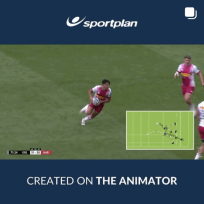
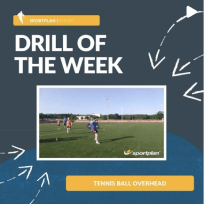
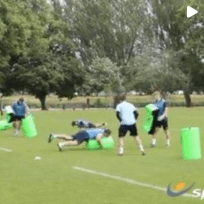
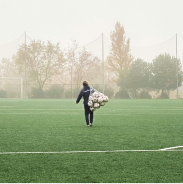
Here are the 5 ways that you can kickstart your 2025 in the correct way with Sportplan and make this the best coaching year you have had!

How did the Modern Olympics originally begin and why are they so culturally significant today?
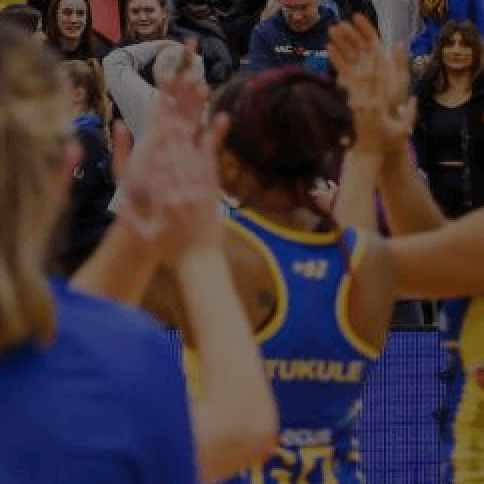
The Professionalisation of Netball is changing the game. Here is how it is helping to develop the sport.
Use our expert plans or build your own using our library of over 700+ drills, and easy-to-use tools.
JOIN NOW